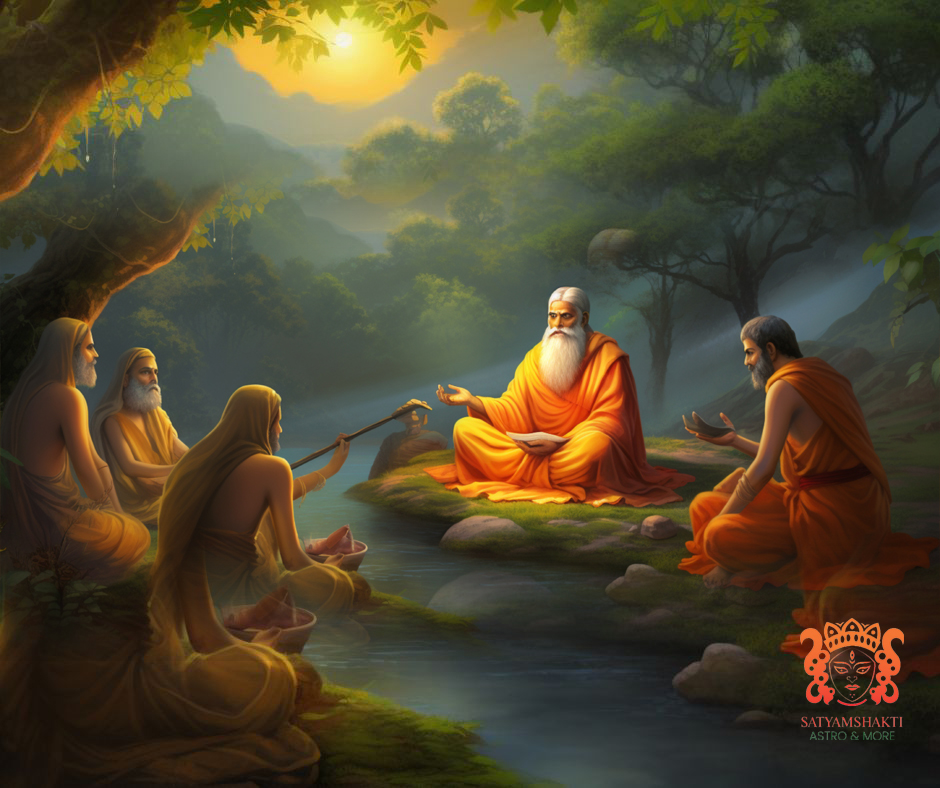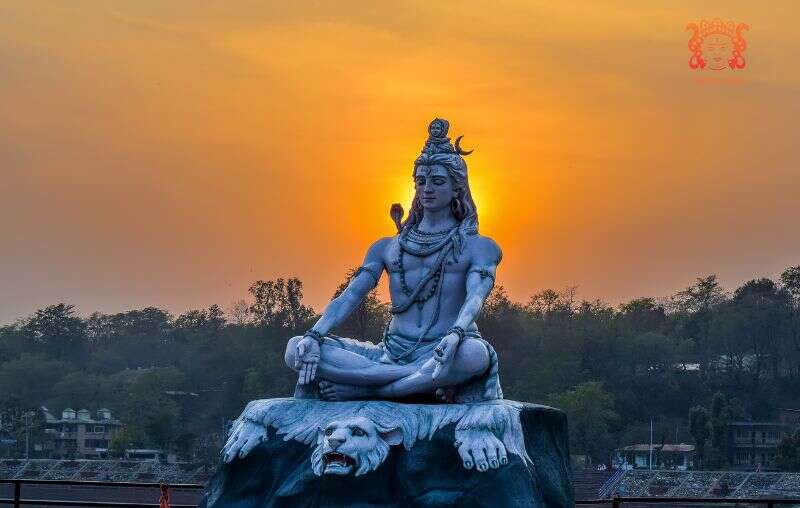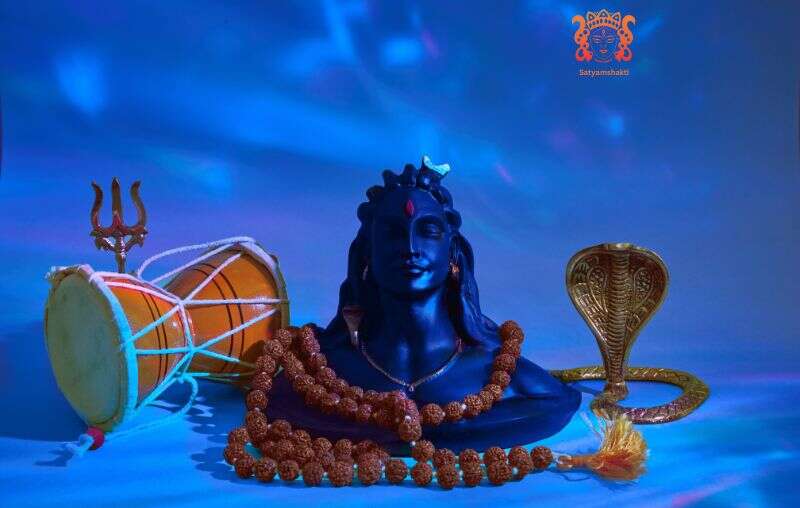An Honest Take On The Guru-Shishya Parampara
“Let no man in the world live in delusion. Without a Guru none can cross over to the other shore.”—Guru Nanak
Flipping back the pages of history
Knowledge is strength. It’s the greatest wealth that one can inherit. In a land like India, where the divine knowledge is revered as sacred, a centuries-old tradition has been followed for the inheritance of knowledge—guru-shishya parampara.
“Guru” is the teacher and “shishya” is the disciple and the flow of knowledge from the teacher to the disciple has evolutionarily become a parampara or tradition. The tradition has become a lineage, a continuous succession of knowledge that has been given supreme importance in Indian religions and culture.
Hinduism, Buddhism, Sikhism, and Jainism are major religions in India that have upheld the guru-shishya parampara for thousands of years. The passage of knowledge in these religions have taken place in continuity and authenticity, with each generation of gurus choosing disciples who would take it forward to the next of kin.
In traditional Indian culture, a human being goes through four ashramas or stages of life from the time he is born. The first stage starts as a brahmacharya or student at which his primary focus is education in gurukulas, akin to modern-day schools. At this stage, a student lives his life under the guidance of a guru for a period to receive knowledge on various subjects.
Each parampara or tradition belongs to a specific sampradaya or spiritual lineage. Each sampradaya may have had its own gurukulas for imparting knowledge to disciples. These gurukulas then might have been based at gompas, akharas, mathas, viharas or temples.
The mode of education was oral and personalized, with the guru tailoring the teaching method to suit the shishya. The knowledge being transmitted in gurukulas was subtle yet powerful and the guru was seen a spiritual guide who prepares the pupil for the succeeding three ashramas, namely grihastha (householder), vanaprastha (spiritual life), and sannyasa (renunciation).
It is hard to pinpoint the exact origin of this tradition of knowledge succession in the real sense. However, in the context of classical Indian philosophies, it has existed ever since our ancient seers and sages received the divine knowledge. This was hundreds of thousands of years ago, but it continues to remain alive even today.
In Hinduism, for instance, the Vedas and various other ancient scriptures attribute the flow of knowledge to a divine source, transmitted through various seers. One of the earliest known sages is Veda Vyasa, traditionally considered the compiler of the Vedas and the author of the Mahabharata. He is regarded as a revered figure and a teacher in the Hindu tradition.
However, the most illuminating example of guru-shishya parampara is seen the context of classical yoga. The modern times have shown us an upsurge of yoga—in studios, small settings, and private establishments. Such places do impart knowledge of yoga to interested candidates, but the purest knowledge of classical yoga came from Lord Shiva, who is revered as the first yogi or Adiyogi.
Lord Shiva imparted his knowledge to seven saints, known as Saptarishis, who travelled the word to spread the knowledge they received. These saints touched almost every culture, infusing them with the benefits of Adiyogi’s scientific knowledge of yoga. Maharishi Patanjali, the Father of Modern Yoga and the author of Yoga Sutras, has also been revered as a guru for thousands of years. Even he had a guru—Nandhi Deva—who, as mentioned in Tirumular’s Tirumandiram (Tantra 1), equipped Maharishi Patanjali along with six other disciples with the knowledge of yoga.
A change of times
Everything changes with time, so do age-old traditions. Guru-shishya parampara is no longer what it used to be up until a century ago. India has undergone major transformations over the years thanks to the years of invasions and colonization—all of which has had a lasting impact on the land’s ancient traditions.
The advent of guru-shishya parampara has been very simple: a person realizes the divine truth, lives by that truth himself, and looks for a disciple who is ready to receive that knowledge. He looks for someone who would carry the tradition forward. Like a domino effect, one leads to the other and the divine knowledge becomes a living and breathing part of humanity.
However, oral dictations of these traditions had a purpose. It made disciples obedient, attentive, and disciplined. Written texts were structured to make the transmission process easier, but to a fault. In the present times, there have emerged many individuals who have misinterpreted the essence of these written texts and have distorted the spiritual reality to a great extent.
The divine knowledge being passed through the guru-shishya parampara were imparted to chosen disciples—those who had the spiritual makeup to receive and internalize it. Only an individual with a certain level of spiritual evolution was given the knowledge. If not, any random individual would have become saints and sages and would have been revered so.
Much of the distortions and misinterpretations can be attributed to intellectually-driven scholars who have failed to understand the essence of spiritual knowledge. There’s an energy that is transferred in the guru-shishya parampara that goes beyond the human intellect. It’s a sacred relationship, not a transaction driven by materialistic pursuits. Sadly enough, this is not valued today as much as it was before.
Today, everyone claims to be spiritually awakened. But what’s the level of truth in their knowledge? They devote their lives to a guru, who may or may not have realized the divinity of spiritual knowledge. Modern-day education systems have become less personalized—contrary to the traditional gurukula system—and they focus more on intellectual development rather than connecting with spiritual existence of humanity.
Globalization, technological advances, and westernization of the Indian education system have contributed immensely to the changing lifestyles and value systems of pupils, often depriving them of their spiritual essence. The secularized aspects of this diverse world have also eroded the trust factor, which once greatly defined the traditional guru-shishya parampara.
The truth is traditional guru-shishya parampara is facing challenges. However, it’s essential to recognize that these changes also represent the dynamic nature of culture and education. Many individuals and communities around the world are working to adapt, revive, or reinterpret traditional mentorship models to meet the evolving needs of contemporary society. Additionally, the essence of the guru-disciple relationship continues to inspire various forms of mentorship and guidance in different cultural and educational contexts.



